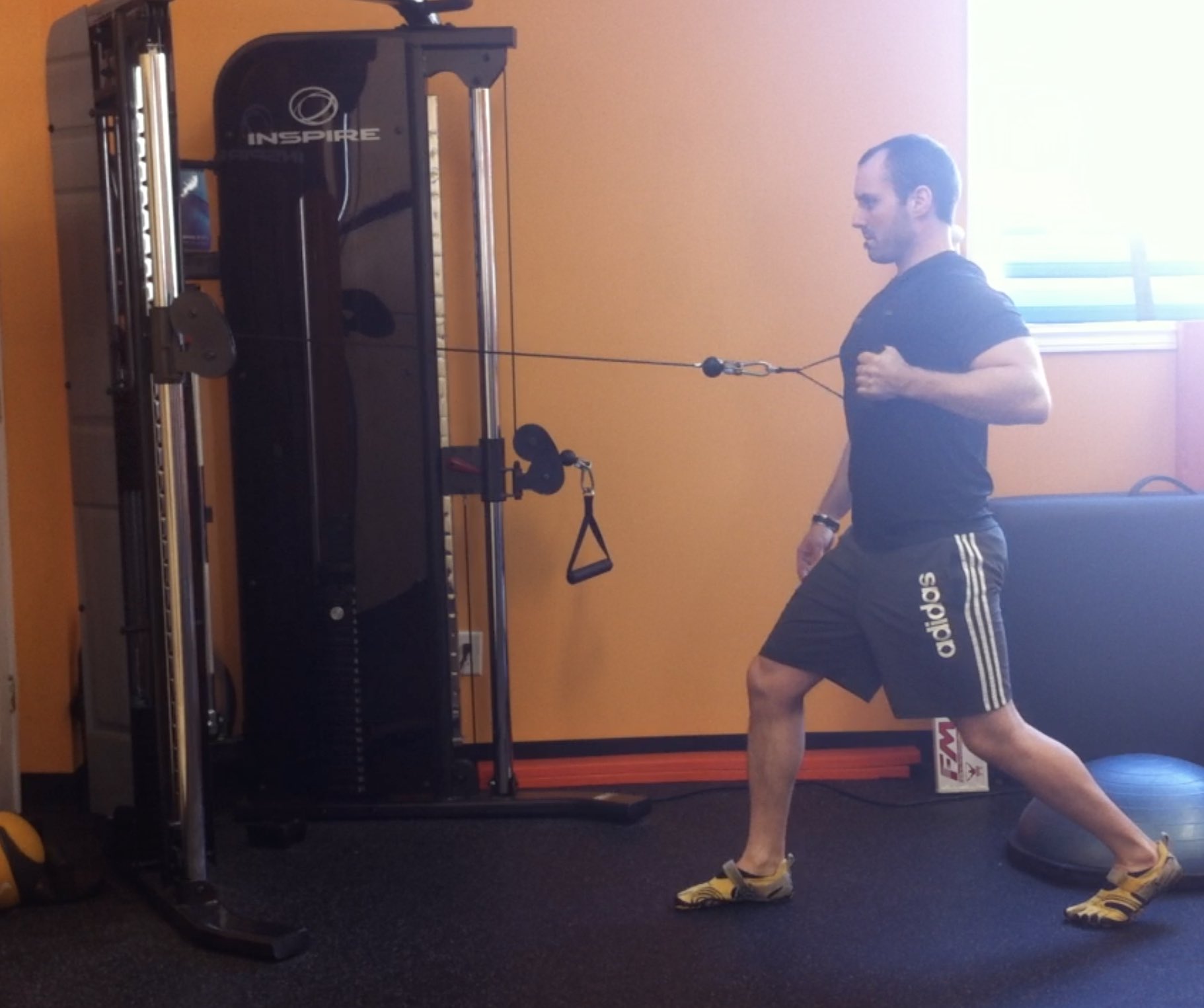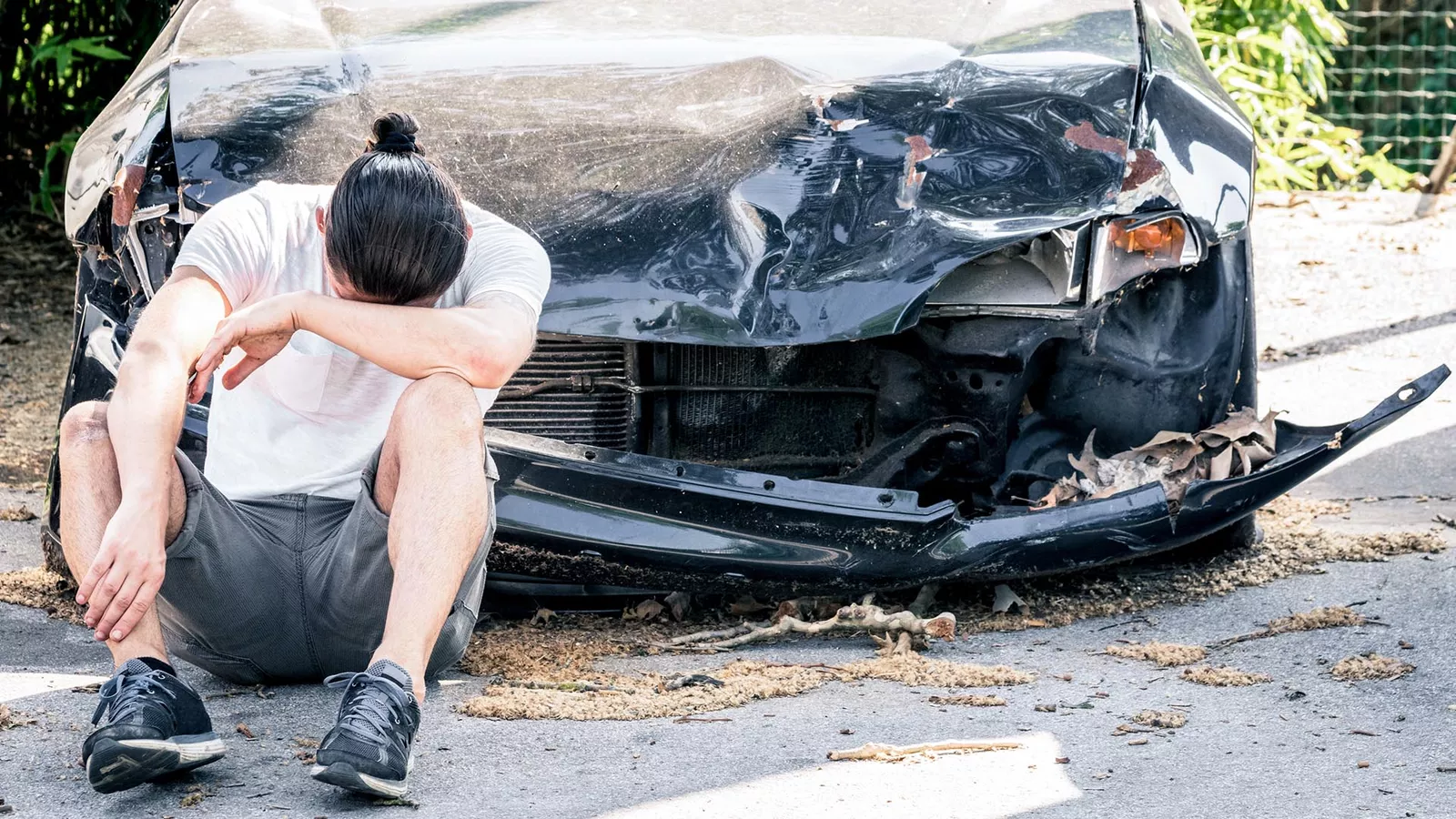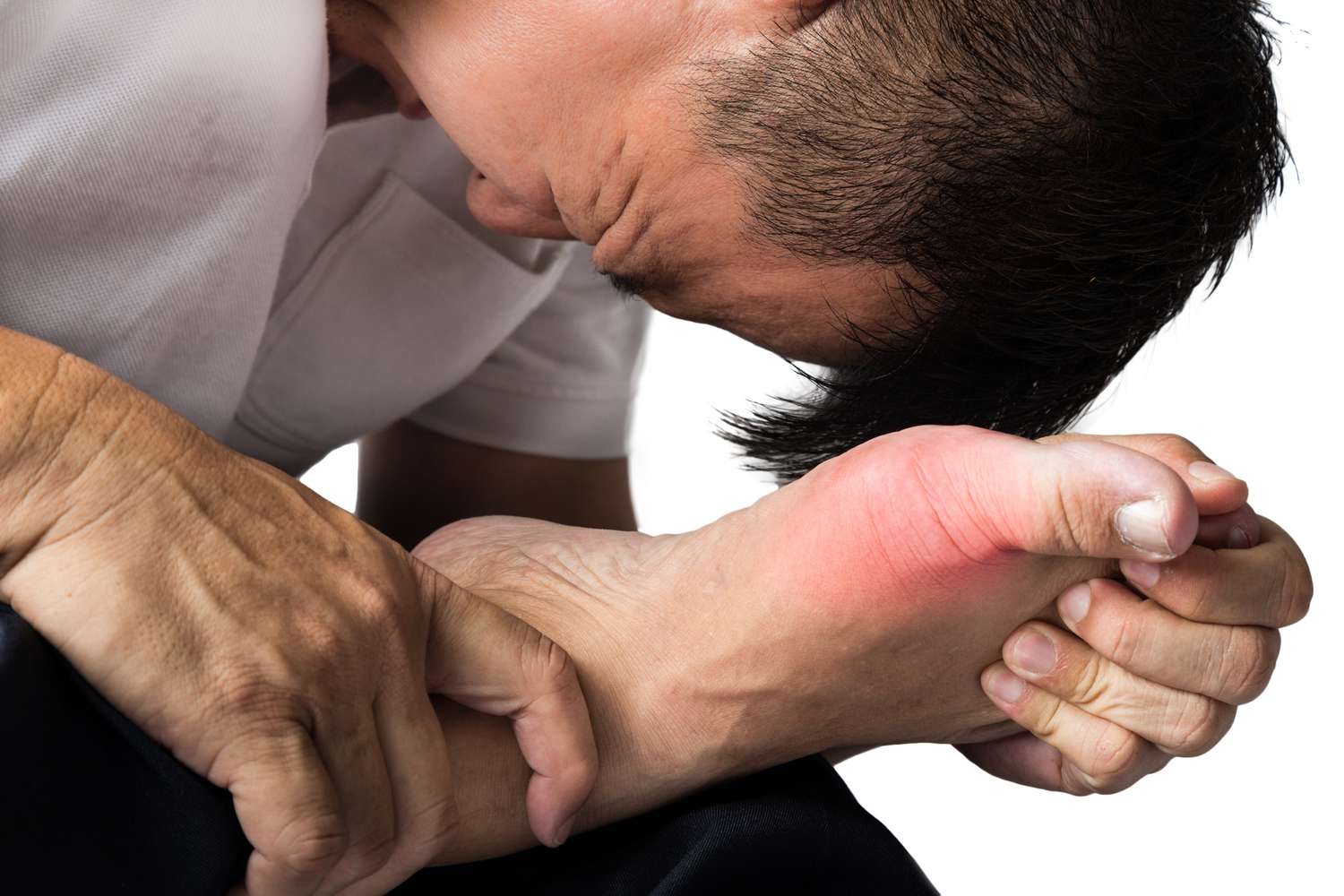
INTRODUCTION My last two articles covered the value of self-massage and corrective exercises to manage muscle pain and optimize joint positions and postures. Those items are critical and foundational steps that allow strength training to occur with minimal hiccups. We all intuitively know that motor vehicle accident (MVA) injuries can hamper our strength. And poor […]
Read More

